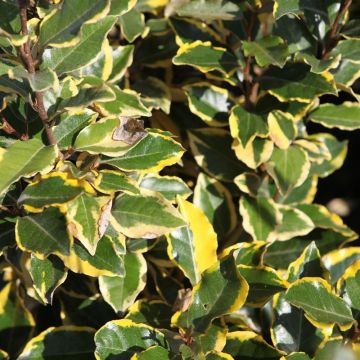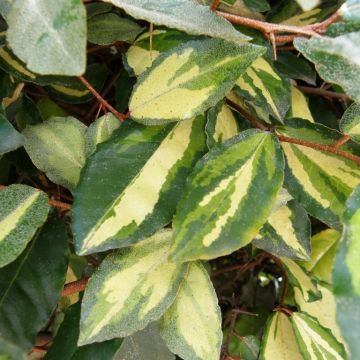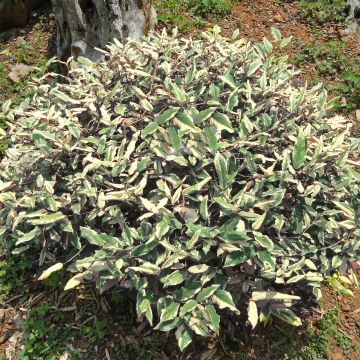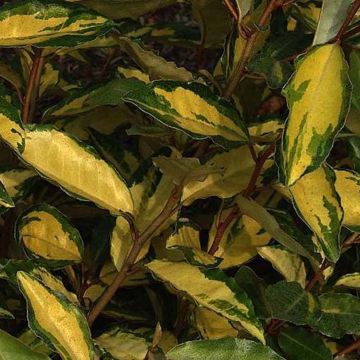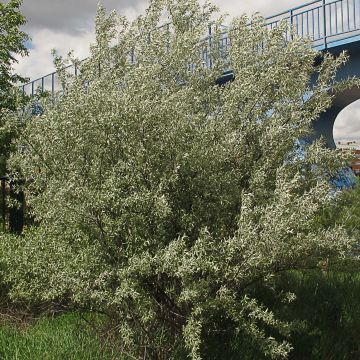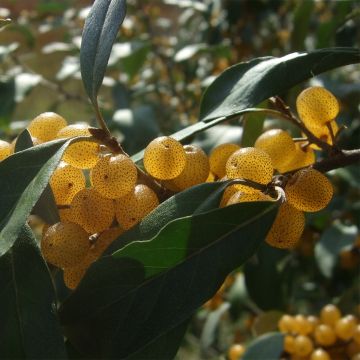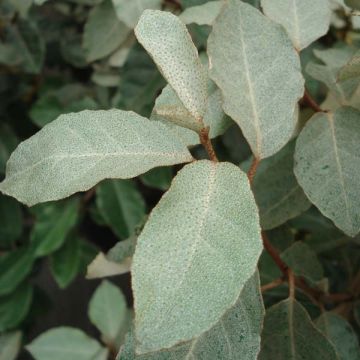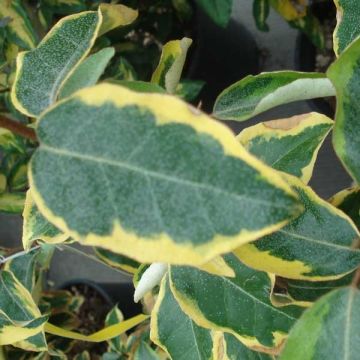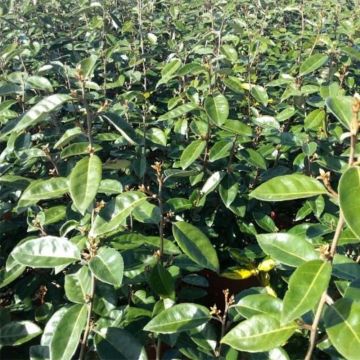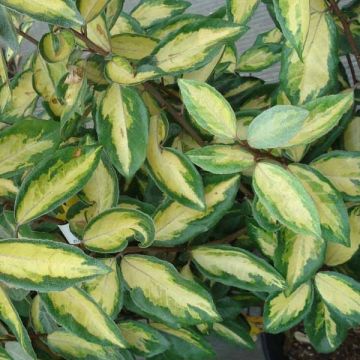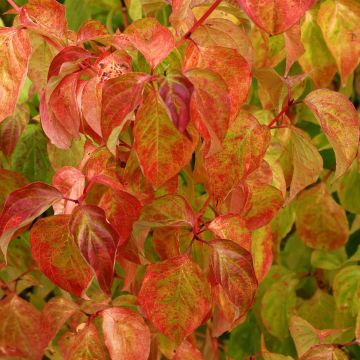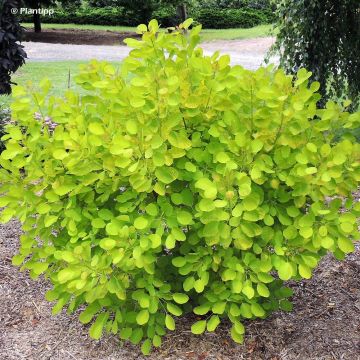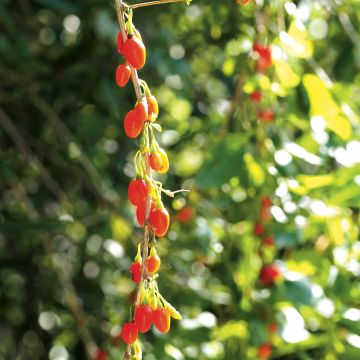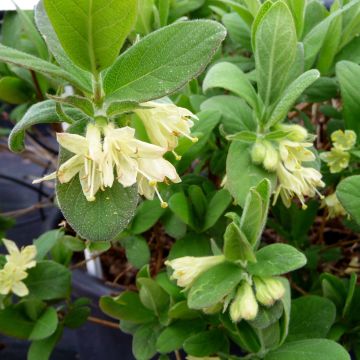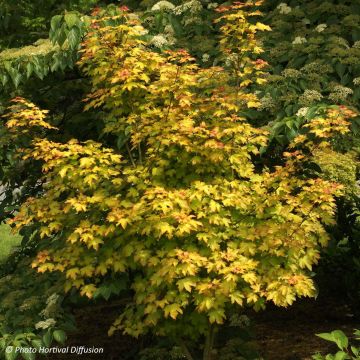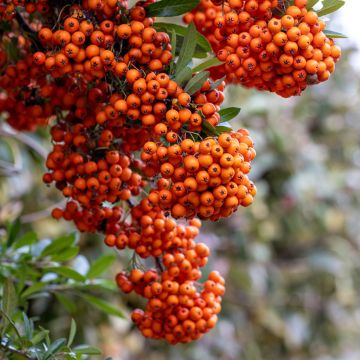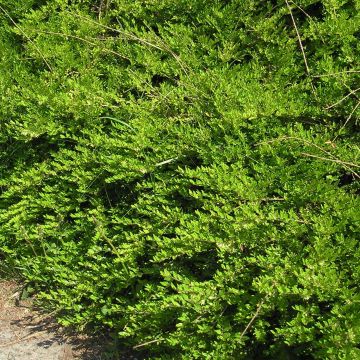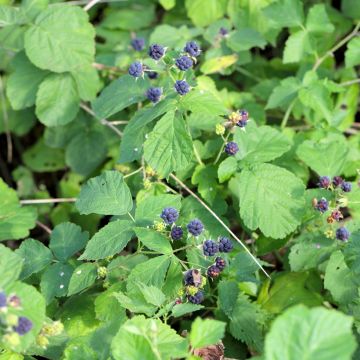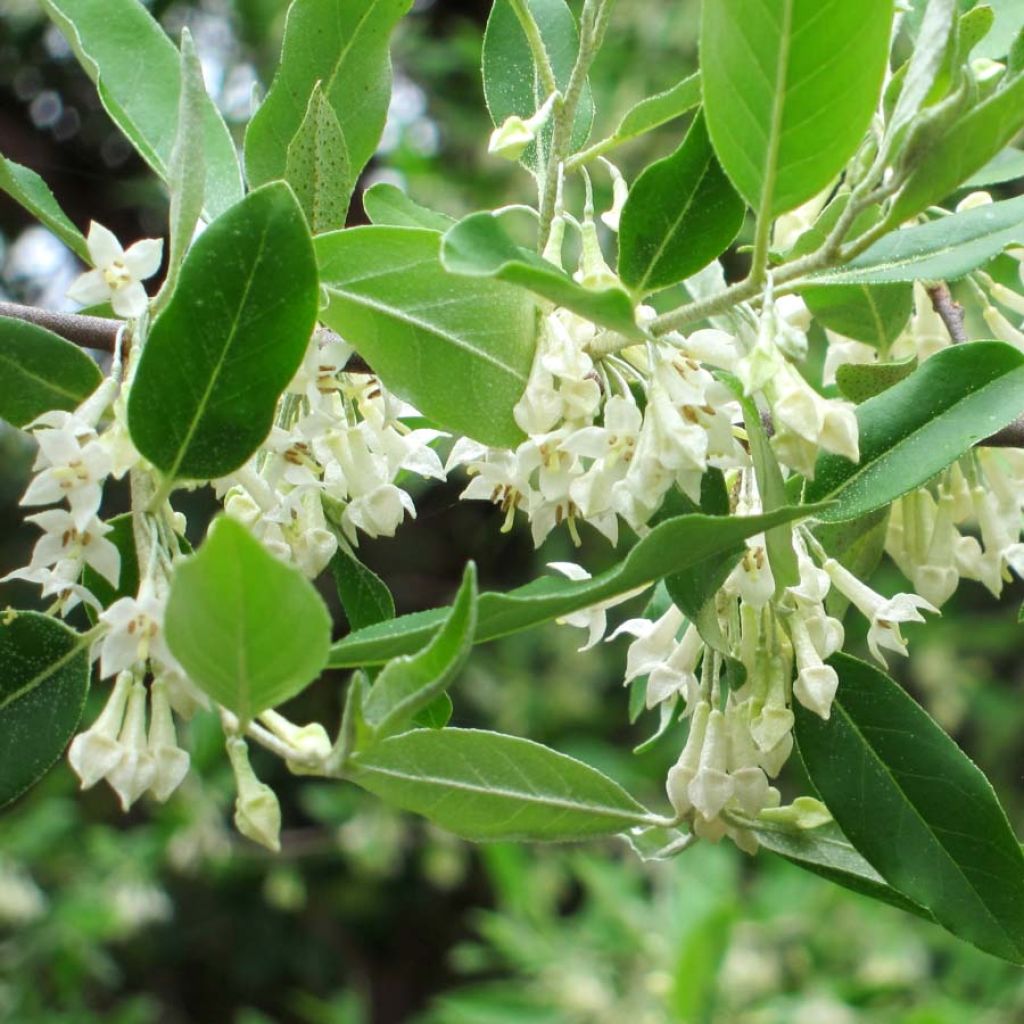

Elaeagnus umbellata - Japanese Silverberry
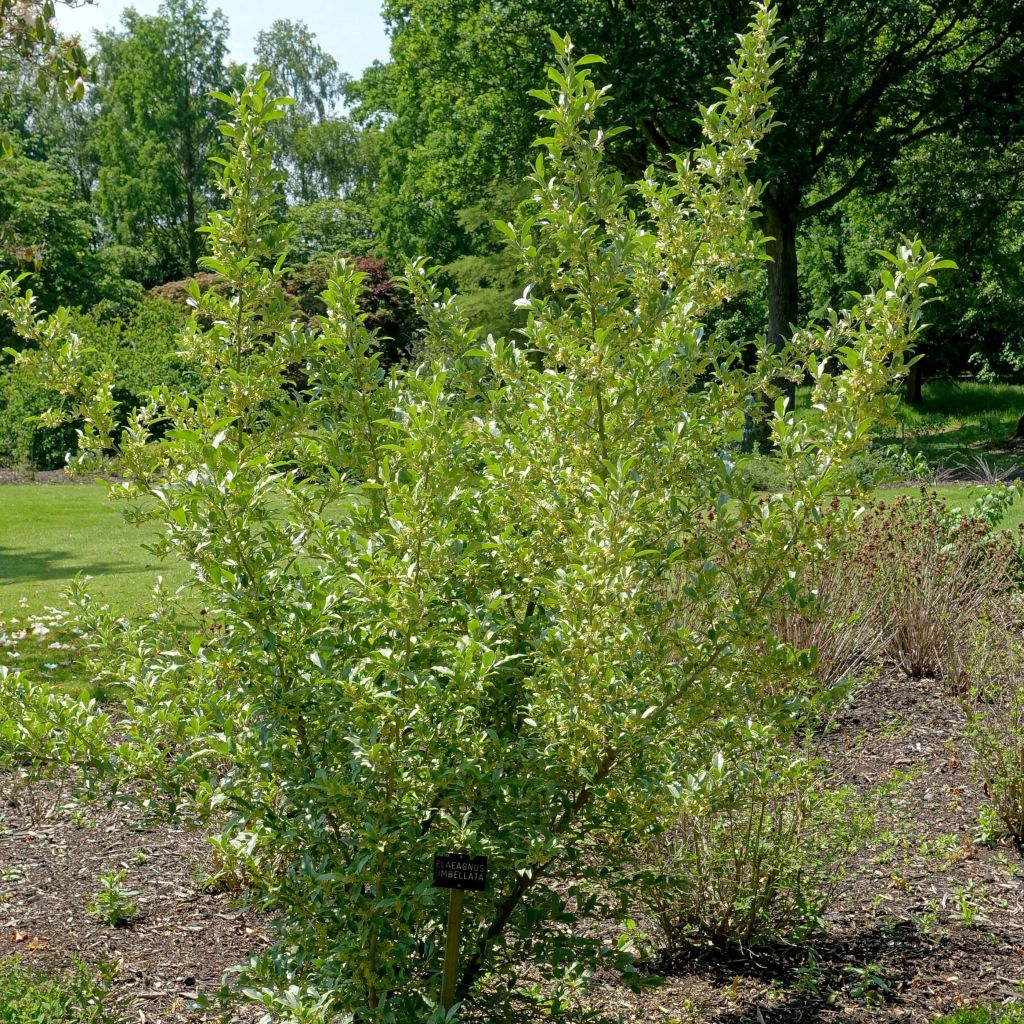

Elaeagnus umbellata - Japanese Silverberry
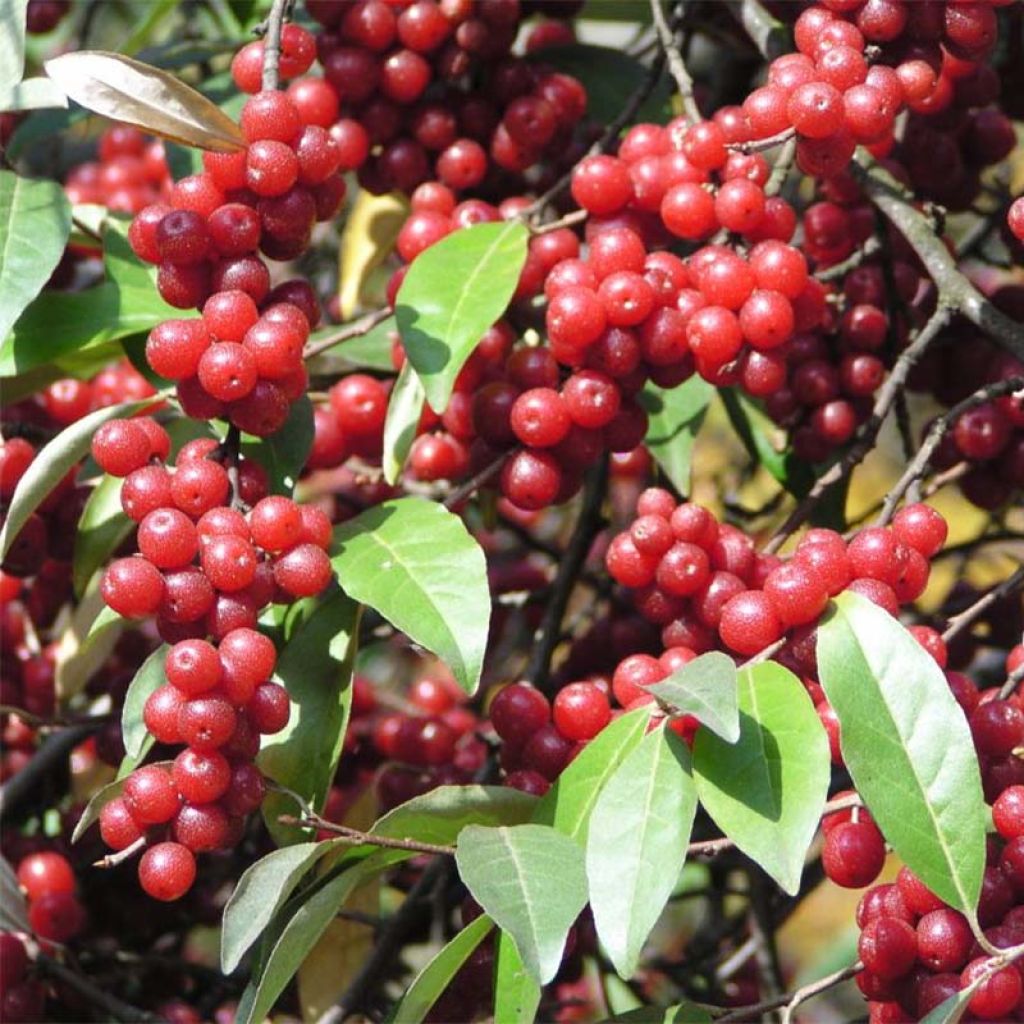

Elaeagnus umbellata - Japanese Silverberry
Elaeagnus umbellata - Japanese Silverberry
Elaeagnus umbellata
Japanese Silverberry, Autumn Olive, Umbellate Oleaster
I already have some elaeagnus, are they all edible?
josseline, 11/02/2024
This item cannot be shipped to the selected country
Delivery charge from €5.90
Delivery charge from €5.90
Oversize package delivery charge from €6.90
Delivery to Corse prohibited
More information
Schedule delivery date,
and select date in basket
This plant carries a 24 months recovery warranty
More information
We guarantee the quality of our plants for a full growing cycle, and will replace at our expense any plant that fails to recover under normal climatic and planting conditions.
From €5.90 for pickup delivery and €6.90 for home delivery
Express home delivery from €8.90.
From €5.90 for pickup delivery and €6.90 for home delivery
Express home delivery from €8.90.
Oversize package: home delivery by special carrier from €6.90 per order..
Express home delivery from €8.90.
Delivery to Corse prohibited: UE law prohibits the import of this plant from mainland France to Corse as part of the fight against Xylella fastidiosa. Please accept our sincere apologies.
More information
Does this plant fit my garden?
Set up your Plantfit profile →
Description
Elaeagnus umbellata is also known as the autumn olive due to its resemblance to the famous Mediterranean olive tree. But it is undoubtedly its other name of Japanese silverberry that best characterizes this bush: its autumn fruiting, as decorative as it is delicious, made up of clusters of small red fruits speckled with silver, rather evokes powdered sugar-coated currants. While they share a certain similarity in the appearance of their foliage, these two "olive trees" are extremely different. Our bush loses its leaves in the winter, it has rapid growth, excellent hardiness, and quickly forms a voluminous bush. Its spring flowering, abundant but discreet, reveals a honey scent, perceptible from several metres away. Widely used in field hedges, windbreaks, or fruit-bearing hedges, it is an easy and delicious plant that possesses an indefinable charm.
The umbellate silverberry is a large deciduous bush from the Elaeagnaceae family, native to East Asia, more precisely the Himalayas. It is widespread from Afghanistan to China, Japan, and Korea. It shows rapid growth and forms a branching bush with a wide, dense, but flexible and spreading habit, reaching up to 4m (13.1ft) in height and 3m (9.8ft) in width. Its deciduous foliage persists for quite a while before falling, it is sometimes semi-evergreen (in mild climates) or marcescent, meaning that the dry leaves remain attached to the branches in winter. It is composed of entire, narrow leaves, 4 to 10cm (3.9in) long and 2cm (0.8in) wide, lanceolate, with more or less undulate edges. Their colour is a more or less bluish green, matte on the upper side, the underside is lighter, silvery, and satin. The small cream-white to pale yellow star-shaped flowers, quite insignificant, are gathered in pendulous umbels in the axils of the leaves. They appear, usually in late spring, in May-June depending on the climate. They are delicately scented, very melliferous and nectar-rich, visited by bees. They give way to small round, fleshy fruits or berries, 8mm (0.3in) in diameter, beautiful red punctuated with silver when ripe. They are edible, sweet and tart, particularly rich in vitamins and antioxidants. They can be eaten raw, in compote or jam.
An Elaeagnus umbellata bush stands out from afar, due to the clarity and silver brightness of its constantly moving foliage. Its vigour, resistance, and great adaptability make it an excellent informal hedge or windbreak plant, capable of growing enthusiastically in difficult conditions, in full wind and in poor soil. It is valuable in a seaside garden or a dry garden, in a windy region. It can be very well used in a mixed hedge, in the company of other beautiful bushes such as Abelia chinensis, Arbutus unedo, Amelanchier ovalis, Buddleia alternifolia argentea, or even Hippophae rhamnoides and Poncirus trifoliata. In spring, its flowering is capable of perfuming a whole area of the garden!
Report an error about the product description
Elaeagnus umbellata - Japanese Silverberry in pictures
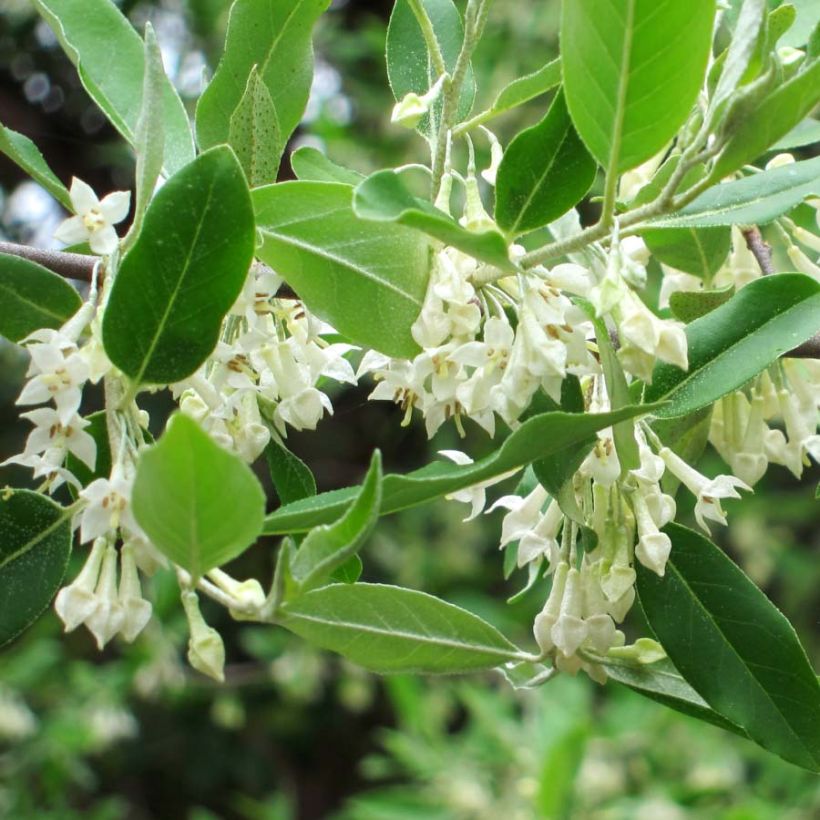

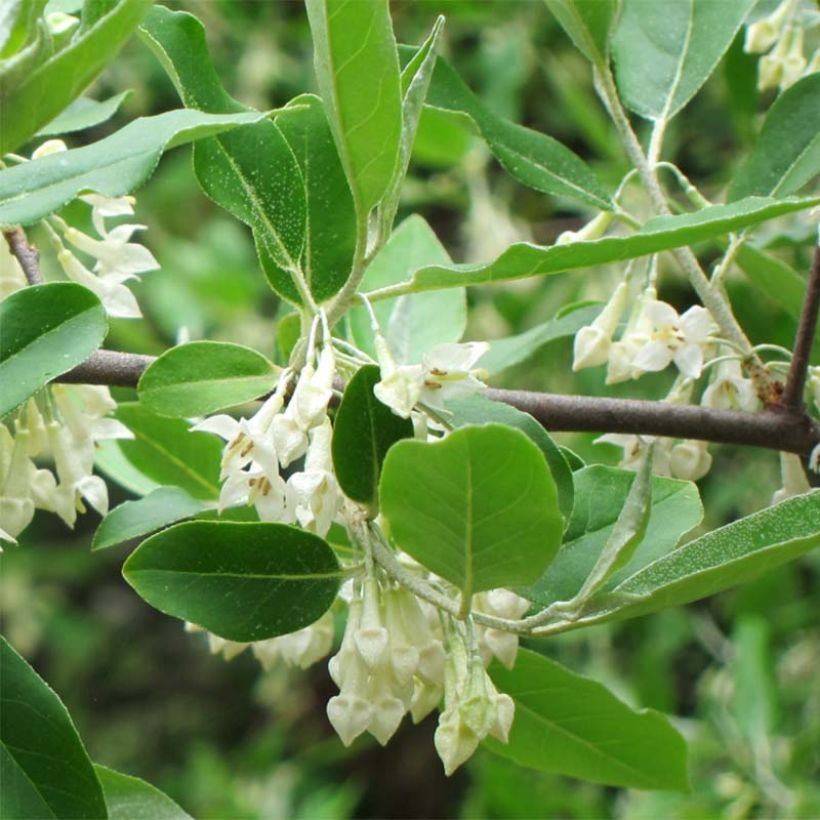

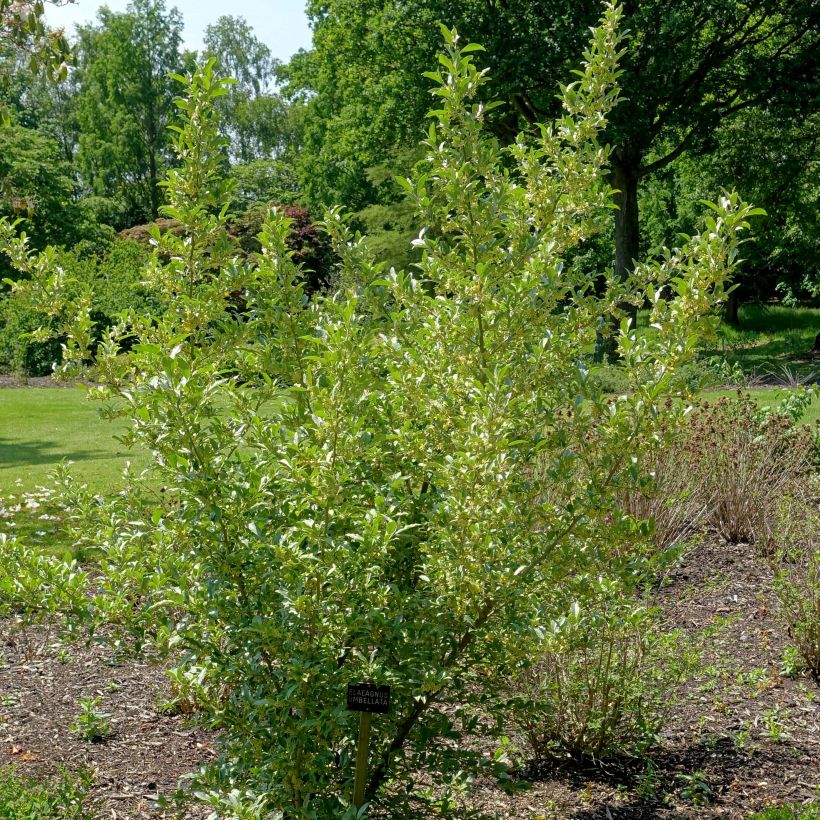

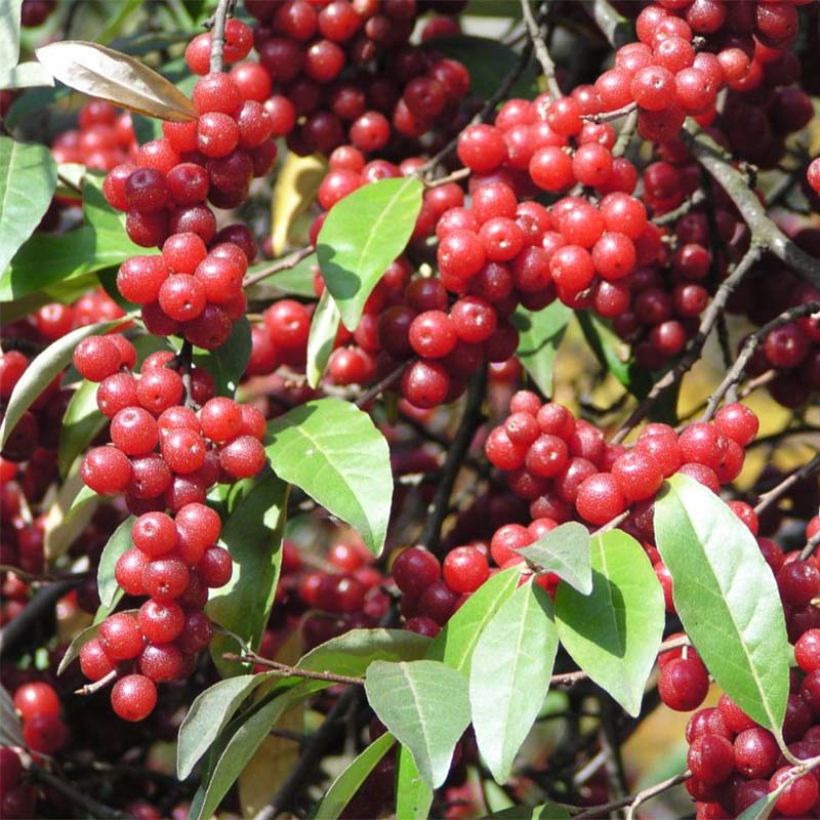

Plant habit
Flowering
Foliage
Botanical data
Elaeagnus
umbellata
Elaeagnaceae
Japanese Silverberry, Autumn Olive, Umbellate Oleaster
East Asia
Other Elaeagnus - Oleaster
Planting and care
Plant the Elaeagnus umbellata in any soil, even chalky, sandy, occasionally dry in summer, wet or moist but loose and well worked. Once well established, it will completely do without watering, even in hot and dry climates. It will thrive in partial shade (in warm climates) or in the sun, even in windy situations. In the first years, practice a light pruning to shape it, at the end of winter. Afterwards, just maintain the harmony of the shape, at the end of winter.
Planting period
Intended location
Care
-
, onOrder confirmed
Reply from on Promesse de fleurs
Hedge shrubs
Haven't found what you were looking for?
Hardiness is the lowest winter temperature a plant can endure without suffering serious damage or even dying. However, hardiness is affected by location (a sheltered area, such as a patio), protection (winter cover) and soil type (hardiness is improved by well-drained soil).

Photo Sharing Terms & Conditions
In order to encourage gardeners to interact and share their experiences, Promesse de fleurs offers various media enabling content to be uploaded onto its Site - in particular via the ‘Photo sharing’ module.
The User agrees to refrain from:
- Posting any content that is illegal, prejudicial, insulting, racist, inciteful to hatred, revisionist, contrary to public decency, that infringes on privacy or on the privacy rights of third parties, in particular the publicity rights of persons and goods, intellectual property rights, or the right to privacy.
- Submitting content on behalf of a third party;
- Impersonate the identity of a third party and/or publish any personal information about a third party;
In general, the User undertakes to refrain from any unethical behaviour.
All Content (in particular text, comments, files, images, photos, videos, creative works, etc.), which may be subject to property or intellectual property rights, image or other private rights, shall remain the property of the User, subject to the limited rights granted by the terms of the licence granted by Promesse de fleurs as stated below. Users are at liberty to publish or not to publish such Content on the Site, notably via the ‘Photo Sharing’ facility, and accept that this Content shall be made public and freely accessible, notably on the Internet.
Users further acknowledge, undertake to have ,and guarantee that they hold all necessary rights and permissions to publish such material on the Site, in particular with regard to the legislation in force pertaining to any privacy, property, intellectual property, image, or contractual rights, or rights of any other nature. By publishing such Content on the Site, Users acknowledge accepting full liability as publishers of the Content within the meaning of the law, and grant Promesse de fleurs, free of charge, an inclusive, worldwide licence for the said Content for the entire duration of its publication, including all reproduction, representation, up/downloading, displaying, performing, transmission, and storage rights.
Users also grant permission for their name to be linked to the Content and accept that this link may not always be made available.
By engaging in posting material, Users consent to their Content becoming automatically accessible on the Internet, in particular on other sites and/or blogs and/or web pages of the Promesse de fleurs site, including in particular social pages and the Promesse de fleurs catalogue.
Users may secure the removal of entrusted content free of charge by issuing a simple request via our contact form.
The flowering period indicated on our website applies to countries and regions located in USDA zone 8 (France, the United Kingdom, Ireland, the Netherlands, etc.)
It will vary according to where you live:
- In zones 9 to 10 (Italy, Spain, Greece, etc.), flowering will occur about 2 to 4 weeks earlier.
- In zones 6 to 7 (Germany, Poland, Slovenia, and lower mountainous regions), flowering will be delayed by 2 to 3 weeks.
- In zone 5 (Central Europe, Scandinavia), blooming will be delayed by 3 to 5 weeks.
In temperate climates, pruning of spring-flowering shrubs (forsythia, spireas, etc.) should be done just after flowering.
Pruning of summer-flowering shrubs (Indian Lilac, Perovskia, etc.) can be done in winter or spring.
In cold regions as well as with frost-sensitive plants, avoid pruning too early when severe frosts may still occur.
The planting period indicated on our website applies to countries and regions located in USDA zone 8 (France, United Kingdom, Ireland, Netherlands).
It will vary according to where you live:
- In Mediterranean zones (Marseille, Madrid, Milan, etc.), autumn and winter are the best planting periods.
- In continental zones (Strasbourg, Munich, Vienna, etc.), delay planting by 2 to 3 weeks in spring and bring it forward by 2 to 4 weeks in autumn.
- In mountainous regions (the Alps, Pyrenees, Carpathians, etc.), it is best to plant in late spring (May-June) or late summer (August-September).
The harvesting period indicated on our website applies to countries and regions in USDA zone 8 (France, England, Ireland, the Netherlands).
In colder areas (Scandinavia, Poland, Austria...) fruit and vegetable harvests are likely to be delayed by 3-4 weeks.
In warmer areas (Italy, Spain, Greece, etc.), harvesting will probably take place earlier, depending on weather conditions.
The sowing periods indicated on our website apply to countries and regions within USDA Zone 8 (France, UK, Ireland, Netherlands).
In colder areas (Scandinavia, Poland, Austria...), delay any outdoor sowing by 3-4 weeks, or sow under glass.
In warmer climes (Italy, Spain, Greece, etc.), bring outdoor sowing forward by a few weeks.

































